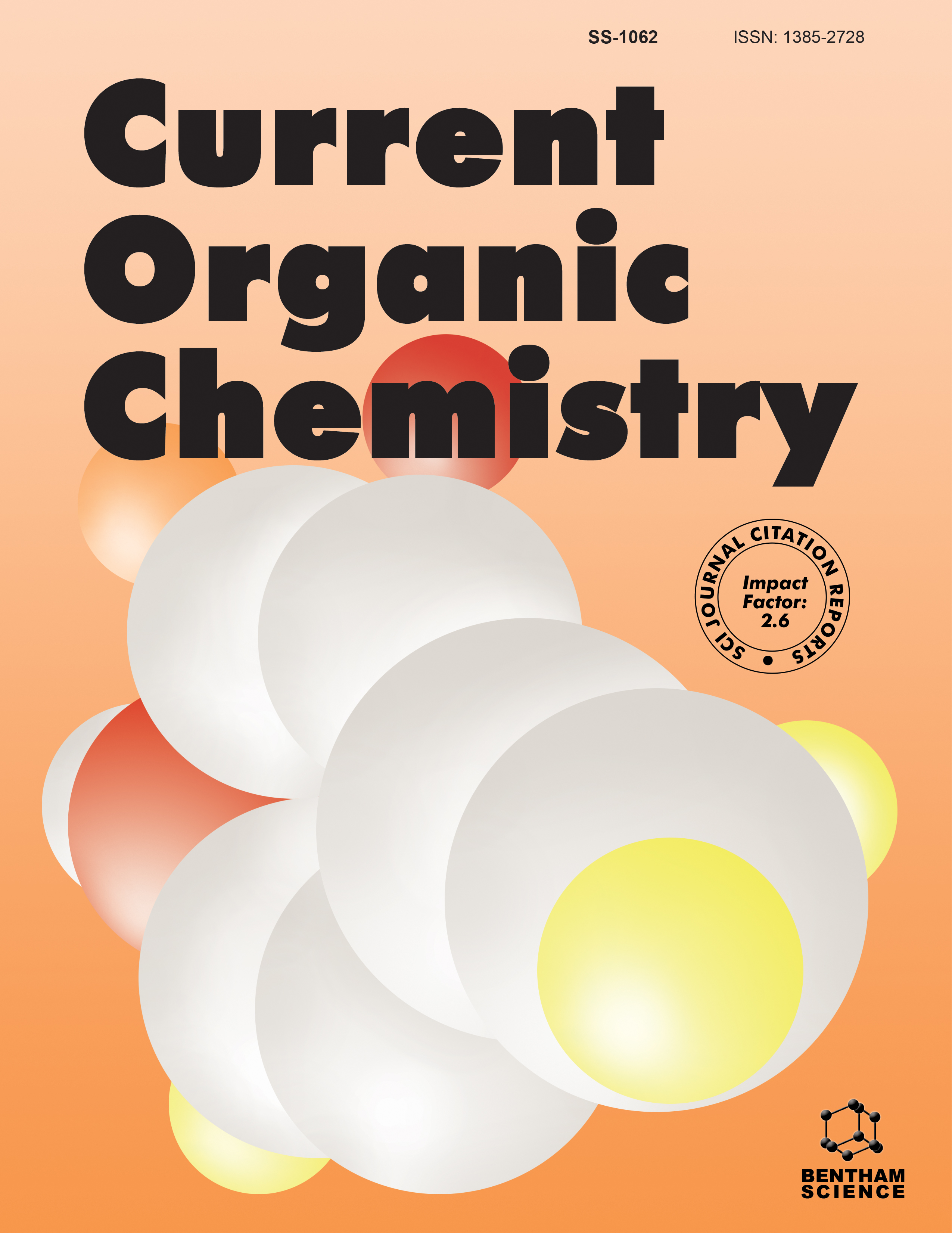-
oa Editorial [Hot topic: Organic Chemistry with Microwaves and Ultrasound (Guest Editor: Georgios A. Heropoulos)]
- Source: Current Organic Chemistry, Volume 15, Issue 2, Jan 2011, p. 149 - 150
-
- 01 Jan 2011
- Previous Article
- Table of Contents
- Next Article
Abstract
In order to perform a chemical reaction, energy transfer is needed in almost all cases. For many years the main source of heat for “chemical” reactions was fire and from 1855 the Bunsen burner, which provides flame by mixing air and gas, was predominantly used. Later these burners were largely replaced by electrical hotplates. Ultrasound and microwaves are considered as non-conventional energy sources when used to perform chemical reactions and they are regarded as having very interesting results compared to the conventional heating sources. R. Wood (1868-1955) and A. Loomis (1887-1975) in 1927 studied the motion of sonic waves through liquids and therefore inspired the scientists to utilize ultrasound in chemical reactions. Sonochemistry is mainly based on cavitation, i.e., the formation, growth and implosive collapse of bubbles in a liquid. Temperature rises of up to 5000 K and pressures can reach 1000 atm. Under these extreme conditions chemical reactions can be initiated. Since 1981, when a patent by B. Naresh (BASF) was filed dealing with the use of microwaves for the production of plasticizer esters, there has been a continuously increasing interest in the use of this source of energy. The principle of performing chemical reactions under microwave irradiation is based on the fact that only polar molecules or conducting ions can be heated. In this way, higher yields are obtained, reaction times are decreased and better selectivities are observed when compared to classical heating. In addition, microwaves allow reactions to occur that would not otherwise be possible. Today, the use of microwaves in chemical and pharmaceutical laboratories all over the world has increased dramatically. In this special issue of Current Organic Chemistry entitled “Organic Chemistry with Microwaves and Ultrasound” we present a number of reviews authored by eminent scientists which relate to the use of microwave and ultrasound in organic reactions. Thus: a) Christine Schmoger, Achim Stolle, Werner Bonrath and Bernd Ondruschka cover the topic of microwave-assisted reduction of organic compounds including catalytic and stoichiometric reactions. Special attention has been given with respect to the different functionalities: C-C multiple bonds, carbonyls, N-containing functional groups, aromatics and heteroaromatics, reductive deprotection strategies, and miscellaneous reactions such as dehalogenation or hydrogen-deuterium exchange....


